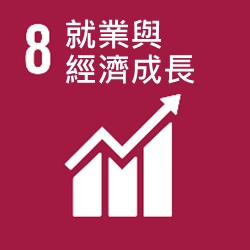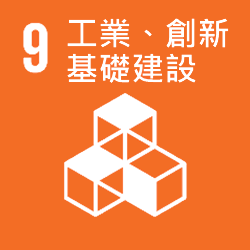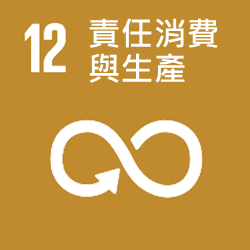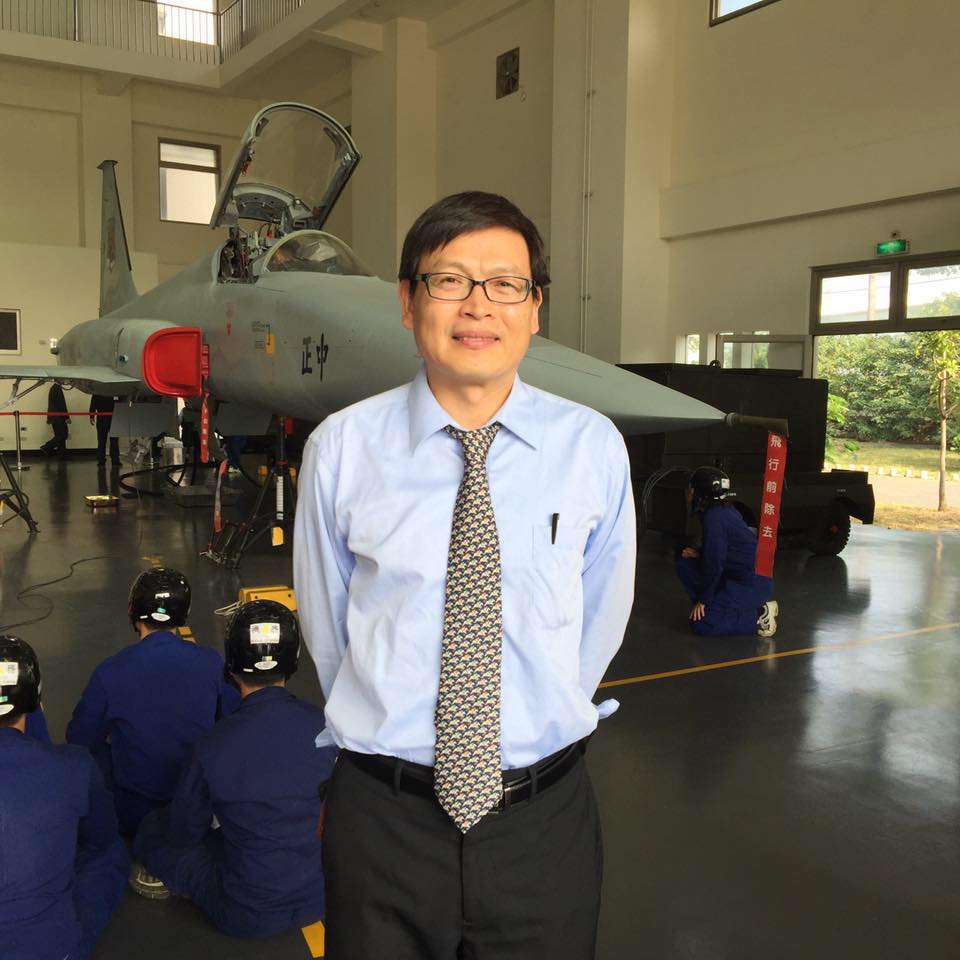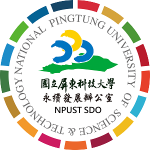李英杰教授 材料工程研究所
國立屏東科技大學
伴隨時代演進而生的工業革命與科技發展,將人類文明的進程不斷往前推進,但同時也為天然資源的保存、生態環境的保育帶來衝擊。為興其利而杜其弊,以再生能源、循環經濟為核心的議題,逐漸備受學術界與產業界關注,致使循環材料成為順應時勢所趨的新興研究領域。
有鑑於此,李英杰教授近年聚焦「循環材料」應用領域學術研究,旨在透過循環材料之再生與應用,樽節能源、保護山林。研發成果包含:合成燃煤飛灰與牡蠣殼粉,使成取代天然碳酸鈣的再生長石,並開發系列相關產品,開拓循環材料產業市場;合膠回收保特瓶、漁網、汽車保險桿等原料,使成高剛性的再生塑膠複材,以製成簡易溫室材料結構、植生牆、植物攀爬架等,不僅防腐防熱,且節省成本。
除此之外,李教授之專業亦涵蓋傳統陶瓷、電子陶瓷、薄膜與奈米材料、光觸媒材料等之研究,並以陶瓷、薄膜與循環材料為主軸發表學術論著,能量豐沛。另亦積極關注產業需求、連結產業技術,以緊密互動的產學合作及交流,確保研究與應用之相輔相成。
The industrial revolution and technological development have evolved along with the evolution of the times that continuously advanced the progress of human civilization, but at the same time have an impact on natural resources preservation and conservation of the ecological environment. To benefit its advantages and eliminate its disadvantages, topics centered on renewable energy and circular economy have gradually attracted academia and industry’s attention, making recycled materials an emerging research field that conforms to the trend of times.
In recent years, Professor Ying-Chieh Lee has focused on academic research in the application field of “recycling materials” that aimed to conserve energy and protect the environment through the regeneration and application of recycled materials. The research and development results include:
- Development of “renewable feldspar” from coal-fired fly ash and oyster shells powder can replace natural calcium carbonate. This technology can be applied in industries such as plastics filler, rubber filler, coatings filler, and building materials. This new recycling technology not only solves the problems of large amounts of fly ash, but it also diminishes the massive amounts of discarded oyster shells, which damage the environment and ecology. Furthermore, creates an economic boost and reduces the exploitation of mineral mining.
- Development of “renewable plastic composite” materials from plastic product waste such as plastic bottles, fishing nets, and automobile bumpers. Based on the plastic recycled materials, this research has successfully developed the simplified greenhouse materials with lightweight and simplicity to assemble, which fits the need for general household planting such planting walls, plant climbing frames, etc. Then, galvanized steel pipes can be replaced by recycled plastic composites in greenhouses that are not easily corroded. These greenhouses can achieve the concepts of “reducing material costs” and “green materials” for recycling, protecting the environment as the priority, and creating new agricultural economic energy development.
In addition, Professor Ying-Chieh Lee has over 90 research publications and patents in electronic ceramics, microwave dielectric ceramics and low sintering process, thin film and nanomaterials, and multilayer ceramic materials, photocatalyst materials, and recycle materials, which are his main field of interest. Besides, he was actively paying attention to the industry’s needs, connects the technology to the industry, and ensures the complementarity of research, exchanges, and application between university-industry collaboration.

